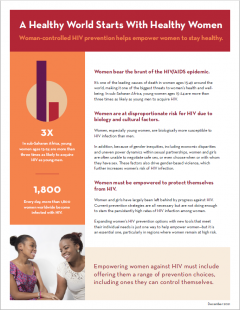Women’s Sexual and Reproductive Health & the SDGs
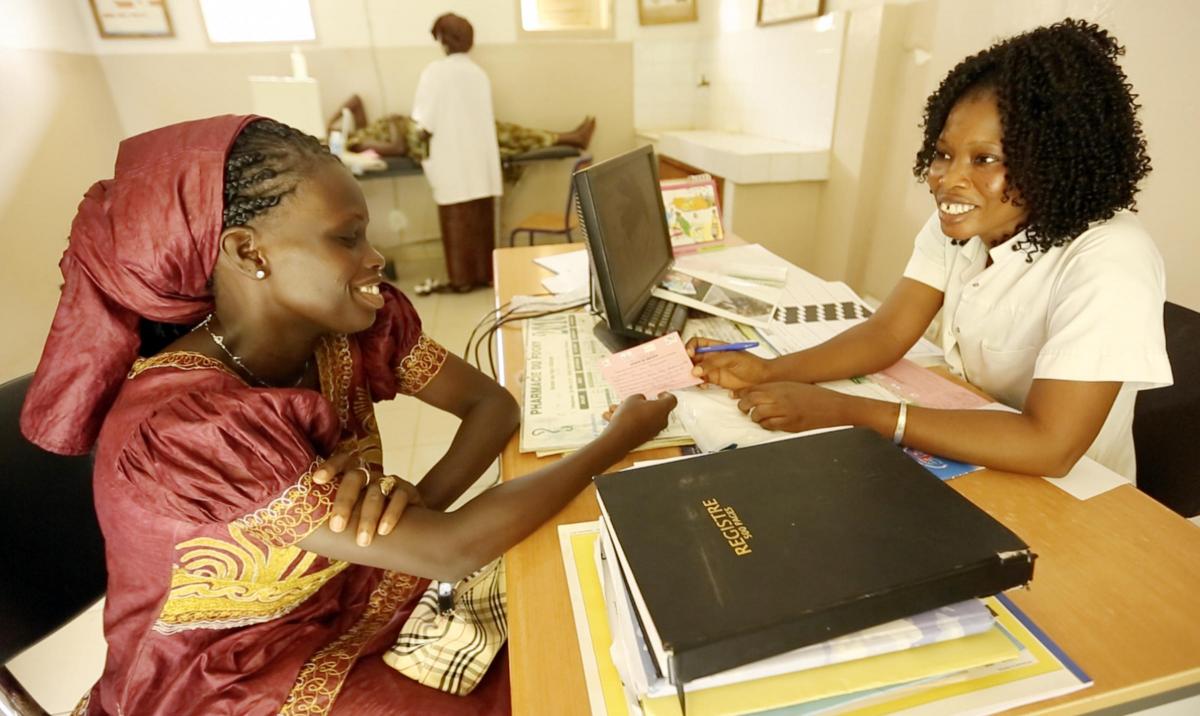 Photo: © Diana Mrazikova/Networks/Senegal, courtesy of Photoshare
Photo: © Diana Mrazikova/Networks/Senegal, courtesy of Photoshare
Although progress was made against HIV/AIDS in the era of the Millennium Development Goals, the HIV epidemic—especially among women and girls—continues to threaten global development.
In 2015, the United Nations General Assembly adopted a set of new Sustainable Development Goals (SDGs) to build on MDGs progress and serve as a shared statement of what must happen to advance human development by 2030.
Gender equality and the empowerment of all women and girls is not only one of the SDGs but is also critical to achieving all 17 of the goals. In fact, any effort to encourage sustainable growth must prioritize the health and well-being of women and girls.
That effort must include giving women the tools they need to address two of the greatest risks to their sexual and reproductive health: HIV, which disproportionately strikes women in the prime of their lives, and unintended pregnancy, a leading contributor to maternal mortality, which is magnified in women with HIV.
HIV/AIDS remains the leading cause of death among women ages 15-44. Young women ages 15-24 are at increased risk, and in sub-Saharan Africa are more than twice as likely to be living with HIV as young men of the same age. Women need practical new HIV prevention tools like microbicides that meet their needs, including multipurpose products that protect against HIV and unintended pregnancy simultaneously.
The payoff will be enormous: a future free of AIDS, where women and girls thrive.
How will new technologies for women help us achieve the SDGs?
Investing in the health of women and girls has far-reaching ripple effects. New innovations for women’s HIV prevention and sexual health will have significant payoff for many sustainable development goals: improved health and well-being, thriving communities, inclusive economies, and resilient, sustainable societies.
Goal 1. End poverty in all its forms everywhere
The high cost of addressing HIV/AIDS and other serious illnesses can drive families to financial ruin, trapping them in a cycle of poverty and weakening economies. By reducing the number of HIV infections, we can reduce illness-related poverty, keep families strong and grow communities.
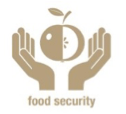 Goal 2. End hunger, achieve food security and improved nutrition and promote sustainable agriculture
Goal 2. End hunger, achieve food security and improved nutrition and promote sustainable agriculture
Women make up more than 40 percent of sub-Saharan Africa’s agricultural workforce. Keeping women healthy can help ensure food security for all.
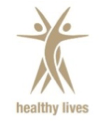
Goal 3. Ensure healthy lives and promote well-being for all at all ages
Healthy women are the backbone of strong families. They are often primary caregivers, redirecting the vast majority of any earned income back to their families. Microbicides would reduce the burden of HIV/AIDS and improve the health and well-being of women and their children. In addition, multipurpose technologies would give women easy-to-use tools to address the overlapping health needs of preventing HIV and unintended pregnancy.

Goal 4. Ensure inclusive and equitable quality education and promote lifelong learning opportunities for all
Girls and young women are often caregivers for parents living with HIV/AIDS, causing them to drop out of school. New and practical HIV prevention options would help girls and young women stay in school and improve their chances for employment later.
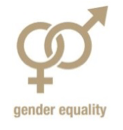
Goal 5. Achieve gender equality and empower all women and girls
Protecting one’s health is a right no one should have to compromise on. While many women may choose to discuss HIV prevention options with their partners, it is not a feasible option for others. New female-initiated HIV prevention products are a crucial part of a rights-based toolkit that will empower women and girls to protect their own well-being.
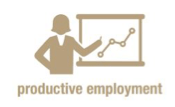
Goal 8. Promote sustained, inclusive and sustainable economic growth, full and productive employment and decent work for all
Women are a crucial part of the formal economy and shoulder the majority of unpaid care and other informal work. New HIV prevention tools for women would lower HIV infection rates, allow healthy women to pursue employment, and help sustain strong and productive workforces.
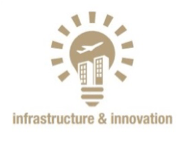
Goal 9. Build resilient infrastructure, promote inclusive and sustainable industrialization and foster innovation
Research to develop effective HIV prevention options is a major contribution to the global community’s scientific knowledge base and helps build research capacity and infrastructure locally. For many communities, active research centers can increase HIV awareness, improve access to health services, and offer employment and skills development.
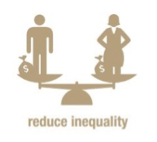
Goal 10. Reduce inequality within and among countries
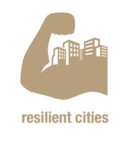
Goal 11. Make cities and human settlements inclusive, safe, resilient and sustainable


